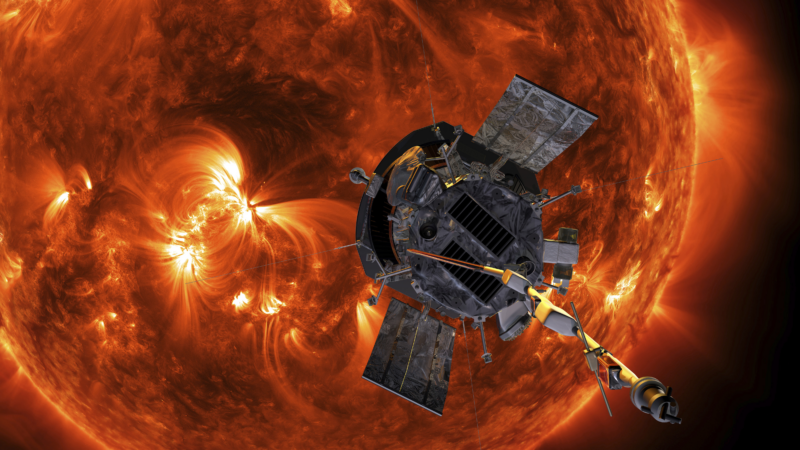Taurid meteor shower to light up the night sky. Here’s how you can see it
Skygazers are in for a treat Monday night as the North Taurid meteor showers peak, offering viewers a chance to see some bright streaks across the night sky.
The North and South Taurids are meteor showers that come from the breakup of a large comet about 10,000 years ago, says Bill Cooke, head of NASA’s Meteoroid Environment Office at the Marshall Space Flight Center in Huntsville, Ala. South Taurids are debris from Comet Encke, the largest object from the breakup, and North Taurids are debris from asteroid 2004TG10, Cooke says.
They can be very bright, which is why they are often called “fireballs,” and can be seen during September, October, and November, according to NASA. The number of visible Taurid meteors can vary each year.
“2024 is a normal year for the Taurids, so rates will be very low, less than 5 meteors per hour,” Cooke says about tonight’s peak activity.
North Taurids are active from Oct. 20 to Dec. 10 and South Taurids are active from late September to late November, he says.
How can I see it?
The showers will be visible across all of the U.S. depending on the weather where you live, and all you have to do is look up. Using your unaided eyesight will give you the best chance to see the meteors.
“You just want to use your eyes for meteor observing so you take in as much of the sky as possible,” Cooke says. “Binoculars restrict the field of view and are not helpful for meteor observing.”
North and South Taurids can be seen where the zodiac constellation Taurus is located in the sky. The moon will be 79% full and the best chances to see it will be after midnight, according to the American Meteor Society.
Snowboarder’s death in Swiss Alps avalanche is a reminder that even pros face risk
The death of an Olympic snowboarding athlete is a reminder that even the most skilled and experienced athletes are not immune to the threat of avalanches, and that knowledge is key to staying safe.
Scientists await signal from spacecraft after historic close encounter with the sun
To get so close, the Parker Solar Probe had to withstand the sun's extreme heat and radiation like no spacecraft before it.
Mega Millions jackpot surges past $1 billion
The Mega Millions prize has now grown to an estimated $1.15 billion, which could be the fifth-largest jackpot in the game's history.
Pope urges ‘all people of all nations’ to silence arms in Christmas address
Pope Francis in his traditional Christmas message urged "all people of all nations" to find courage "to silence the sounds of arms and overcome divisions" plaguing the world, from the Middle East to Ukraine, Africa to Asia.
A gang attack on a Haitian hospital reopening kills 2 reporters and a police officer
Street gangs forced the General Hospital in Port-au-Prince to close earlier this year. As journalists gathered to cover its reopening, suspected gang members opened fire.
Far from the front lines, Ukrainians fight a war to preserve their culture
In the Transcarpathia region, some locals embrace a traditional lifestyle and cultural identity. After surviving Soviet threats, now they fear President Vladimir Putin seeks to erase their culture.





